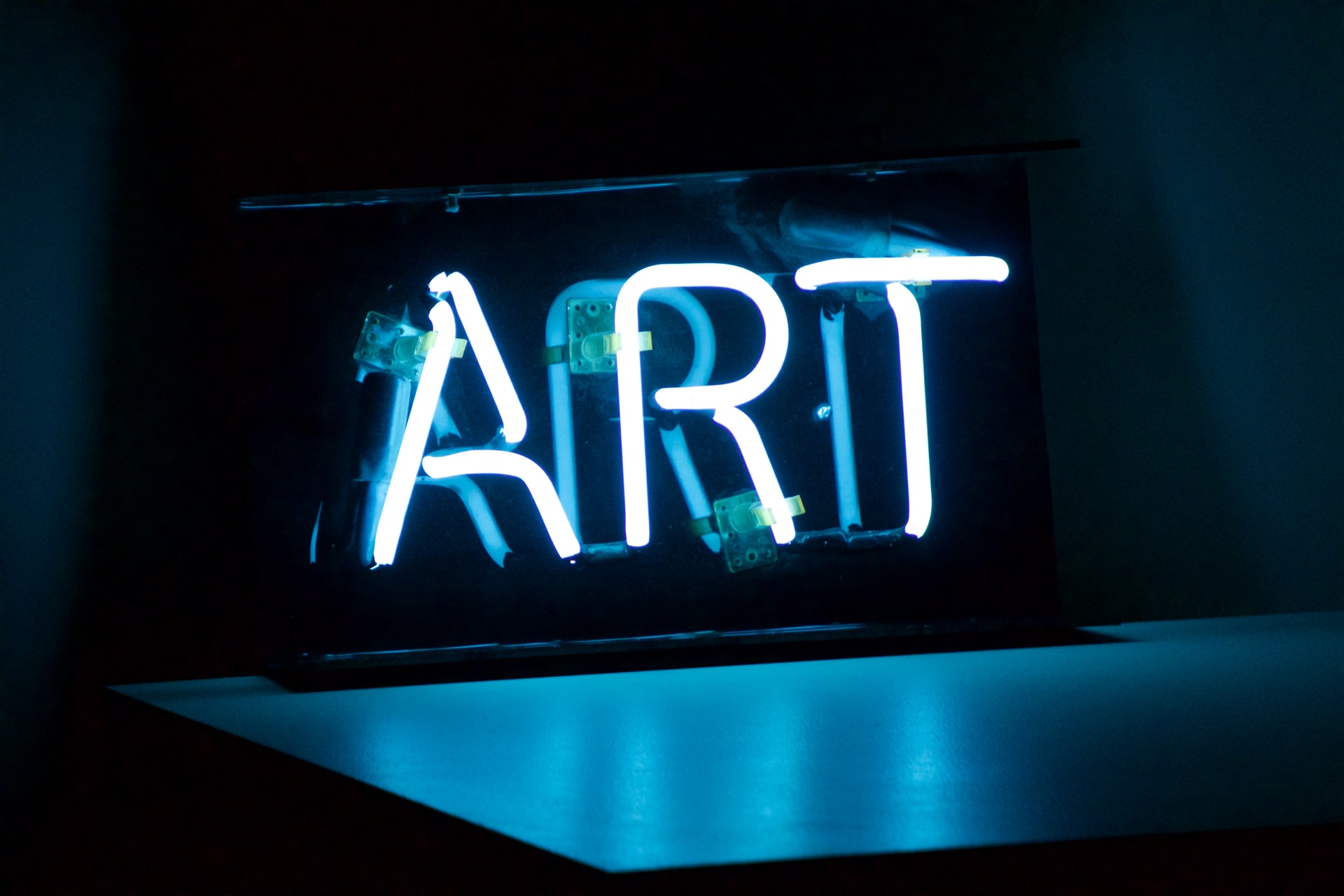Norman Rockwell and Christo Inspired the World
On May 31, 2020, the art world lost Christo. Christo lost his lifetime collaborator, Jeanne Claude, earlier, on November 18, 2009. Christo and his partner inspired the world with installations that existed briefly. Their art vanished when the installation teams took down the installation.
Yes, a collector can still buy online the preparatory sketches made for their work. Christo and team have dismantled “The Wrapped Coast,” installed in Sydney. “The London Mastaba,” installed in Hyde Park in 2016, is now a memory. Pictures exist. Films exist. Of the installations, only memories exist. We’ve felt moved to remember the work of Christo and Jeanne-Claude.
Christo and Jeanne Claude inspired their viewers to see the world anew. “The Gates” existed in Central Park for sixteen days. The installation inspired millions of New York art lovers to walk the 23 miles of paths marked by the gates. After sixteen days, the crews furled up the gates made of fabric colored saffron and took the drapes away.
The Gates inspired comics to no end. David Letterman joked, “When I get mugged by a guy hiding behind a giant curtained arch, which city agency should I sue?” Christo inspired supporters to keep buying preliminary sketches so that he could work independently. Christo continued his projects until his final years, including “The Floating Piers” for Lake Iseo.
In 2017, Christo canceled “Over The River” for the Arkansas River in Colorado. The project raised too much opposition. Even the United States government would not cooperate. The projects Jeanne-Claude and he inspired will continue after his death. “L’Arc de Triomphe, Wrapped” will proceed in 2021. The COVID-19 pandemic canceled the 2020 installation date.
Christo’s art and architectural visions have also inspired the look and interior design of many museums, hotel ballrooms, and other popular wedding venues. Couples enjoy the authenticity and originality of the artwork, sculptures, and structures, making it easy to incorporate a few elements like antique centerpieces, sparklers for weddings, and wedding bubbles for the perfect celebration and send off.
Norman Rockwell
We love artists who inspire us. Like Christo, Norman Rockwell gained an international audience who followed his work closely. Christo and Rockwell showed us how the power of art transcends the dullness of everyday life.
Norman Rockwell inspired America during two world wars. He sold his first cover to the Saturday Evening Post on May 20, 1916, as World War I raged in Europe, a conflict completing its second year. Titled “Baby Carriage,” Rockwell earned 75 dollars for the painting on canvas.
Collectors now pay much more money for an original Norman Rockwell painting. Original paintings can sometimes be found for sale online. Train your eye to spot Rockwell paintings at estate sales. Study the Saturday Evening Post archive online. All the covers await your study.
During World War I, Rockwell painted scenes of everyday life for the Saturday Evening Post. Americans on the homefront needed a reminder of normalcy. Then Rockwell’s work shifted to a patriotic key. On June 16, 1917, Rockwell contributed “The Clubhouse Examination.” The painting of two boys echoes war recruiting posters. The boys play the roles of a recruiter and a prospect trying to measure up to a necessary height.
On September 21, 1918, Rockwell painted the image of a young woman asking for a donation to the Red Cross. Again, this image showed Rockwell’s art supporting causes greater than himself. Fifteen covers for Life Magazine focused on World War I topics.
The War to End All Wars ended on November 11, 1918. The time between the wars began. On February 22, 1919, Rockwell’s cover for the Post imagined the scene when “Johnny Came Marching Home.” We didn’t know then how much our veterans needed a warm, sincere welcome back home. Rockwell pointed the way forward for veterans’ outreach with his art. Veteran organizations arose out of the need identified by Rockwell.
During World War II, Rockwell reached the peak of his inspirational powers. His war covers gave Americans a way to help the troops. On October 4, 1941, a fictional GI named Willie Gillis captured America’s heart. Willie Gillis reminded Americans to send their soldiers care packages. Later, Gillis led the Greatest Generation to college on the GI Bill.
Rockwell painted four masterpieces to illustrate a 1941 speech by Franklin Delano Roosevelt. The Four Freedoms speech celebrated freedom of speech, freedom of worship, freedom from fear, and freedom from want. Rockwell’s four paintings celebrating these principals toured America. During the tour, over $132 million in war bonds sold. After the war, the four freedoms inspired the charter of the United Nations. Like Christo, Rockwell changed the world with art forever.

